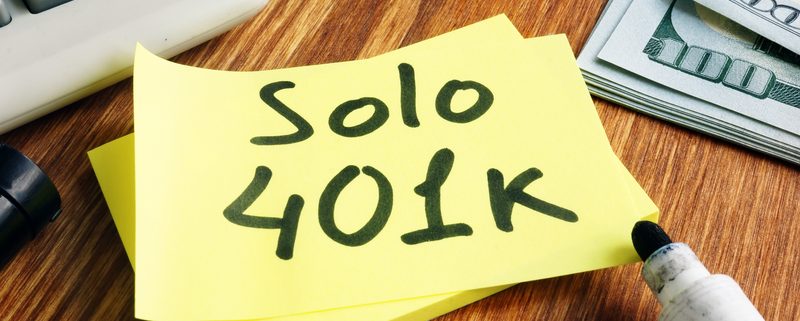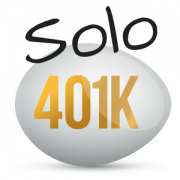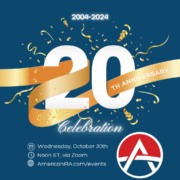Lesser-Known Information About the Self-Directed Solo 401(k) Plan
The 401(k) plan. When markets are way up or way down, it’s what the news and politicians always seem to discuss. But when you have a more singular approach to your income—such as being self-employed—the 401(k) plan can seem like something that’s only meant for people with steady jobs. But it’s not always the case. You can potentially use a Self-Directed Solo 401(k) plan with its high contribution limits to put more money aside, just like people who have traditional employer-employee relationships. And given the advantages of the Self-Directed Solo 401(k) plan, it may be one of the better retirement decisions you make.
What You Need to Know about Self-Directed Solo 401(k) Plans
First, don’t be thrown off by the word “solo.” This is still a 401(k) plan—it’s just known as a “one-participant” plan. In other words, it functions much like the 401(k) plans you might have heard about in employment scenarios. But if you run your own company or work as an independent contractor, you might be eligible for a one-participant plan that comes with as many benefits.
If you’re self-employed, it’s true that you won’t get the extra benefit of employee matching. You’ll simply get what you put into the plan yourself. However, the high contribution limits of the Solo 401(k) plan mean that if you have a successful business with plenty of disposable income coming your way, you can save more. In the meantime, you can enjoy the tax advantages that come with saving more, as well.
What “Self-Direction” Means
Having your own 401(k) might have instant appeal for anyone who knows how powerful these retirement plans can be. So why do we keep throwing this tag “Self-Directed” on it? It’s because self-direction—when you work through a Self-Directed 401(k) administrator who administers the account—offers a new degree of independence. You can issue buy/sell orders of any type as long as they fit one of two criteria. First, they have to be legitimate retirement investments as regulated by the U.S. government. And second, they have to be buy/sell orders the administrator is capable of carrying out.
That might sound obvious at first glance. But when you dig deeper, you’ll realize that any retirement account essentially works through a administrator who carries out buy/sell orders on the account. Brokerages, after all, send your information to the IRS for accurate reporting. If you want to exercise more independence with these retirement accounts, you have to work with a administrator capable of carrying out buy/sell orders across the full range of potential retirement investments, like precious metals, private stock, and real estate.
Planning Tactics
Self-direction essentially means using this arrangement to decide how your own retirement planning will go. When you work with a Self-Directed IRA administration firm, you’ll note that they are not financial advisors, nor are they tax professionals. They are administrators who carry out your buy/sell orders and transact in the account on your behalf. This puts the control—and additional responsibilities—back in your hands. And for many people who want greater freedom with what they do in a 401(k) account, that’s exactly the idea.
To make sense of the Self-Directed Solo 401(k), it helps to know some of these lesser-known facts that too few investors explore. But there’s always more to learn about retirement, retirement strategies, and how you can set up an account like this for yourself. Interested in learning more about Self-Directed IRAs? Contact American IRA, LLC at 866-7500-IRA (472) for a free consultation. Download our free guides or visit us online at www.AmericanIRA.com.









